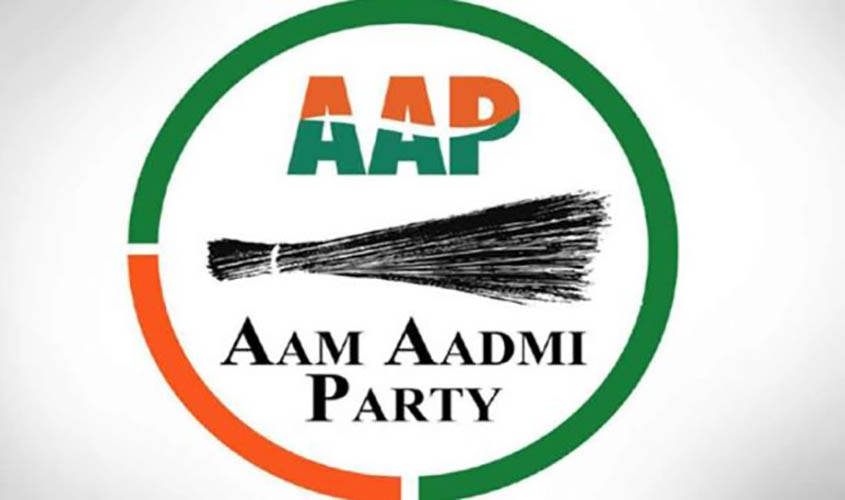In an obvious attempt to dilute the authority of duly elected representatives, babus in the Home Ministry have removed nine advisers working in various departments of the Aam Aadmi Party (AAP) government in the national capital. The ousting has, in fact, contributed to the deteriorating relations between the Arvind Kejriwal-led dispensation and Lieutenant Governor Anil Baijal, who is the chief administrator of Delhi. Deputy Chief Minister Manish Sisodia has accused the Centre of acting at the behest of BJP functionaries, who wanted to undermine the achievements of the AAP, particularly in the field of education and healthcare. He has argued that the advisers were working in positions which existed during the time of the previous government, and hence there had been no infringement of any rules. The babus, on the other hand, in a typical bureaucratic response, have reacted by claiming that all posts were co-terminus, and fresh permission should have been obtained prior to making appointments by the AAP government.
This is not for the first time that the Centre and the elected representatives have clashed over the powers of the government. It is a fact that the Constitution provides the Centre with overriding powers so far as Delhi Assembly, as well as the elected government, is concerned. The provisions were included so as to ensure that the bureaucratic stranglehold over the capital persisted despite the political objective of ending multiplicity of authority in the city. However, the looming question is: can babus, quoting technicalities, overrule an elected government in matters that can be mutually discussed and resolved? It is true that initially Arvind Kejriwal and his colleagues did attempt to flex their muscles in trying to assert themselves. They were clearly at sea with the sort of rules that were prevalent, and in pursuit of their political agenda they tried to trivialise the Constitution and its relevant provisions. They were recipients of criticism for this transgression, and thus decided to work in accordance with the rule-book. Nevertheless, the hostility between the Centre and the elected government in Delhi did not subside, and the BJP via the babus continued to put up obstacles in the name of established norms and regulations without taking into account the larger picture—the overall welfare of the people of Delhi.
Historically, the dilution of the status accorded to elected representatives was clearly the work of Balakrishnan, a bureaucrat, who took over from Justice Sarkaria, originally assigned the task of drawing up a structure for ending multiplicity of authority in the capital and create an alternative to the Metropolitan Council that till then existed. Balakrishnan had a free run, since the time he took over in the early 1990s, there were prevalent a string of minority governments at the Centre. Politicians and leaders were focused more on maintaining their seats and the wily babu found it a God-sent opportunity to impose his own authority. Balakrishnan consequently gave Delhi a “C” grade Assembly and a toothless municipal corporation where the powers of the commissioner were far more extensive than that of the mayor. His proposals were carried through in Parliament, where the concentration of lawmakers was more on keeping their control rather than quibbling over suggestions made by the bureaucrat. In November 1993, Delhi got its new Assembly and after elections, Madan Lal Khurana of the BJP took over as CM. Khurana was a man of stature, and managed to have his way primarily because bureaucrats in the capital had seen him as a fiery opposition leader, and wisely did not want to be on his wrong side. Khurana was an excellent administrator, and provided able leadership while launching several schemes, such as the ambitious Delhi Metro project, for which Prime Minister P.V. Narasimha Rao, fighting his own battle with Delhi Congress leaders, gave him his unflinching backing. Subsequently, Delhi had two more BJP CMs—Sahib Singh Verma and Sushma Swaraj who carried on with the momentum set by Khurana, but failed to get their party back to power in 1998 when the Congress triumphed and Sonia Gandhi selected Sheila Dikshit as the CM. Dikshit’s style of functioning was more bureaucratic rather than political, since she provided greater weight to babus as compared to her own MLAs. Being the wife of a bureaucrat, Dikshit was more at ease working with officers. Her good fortune was that she had Vijai Kapoor as the Lt Governor. Kapoor, an appointee of the NDA government, is regarded as the most capable Lt Governor, Delhi has had and because of his experience and expertise of holding virtually every position in the capital, he provided studied guidance to the CM. In addition, Dikshit had the support of Home Minister L.K. Advani, who made her a medium to deal with the leadership tussle in the Delhi BJP.
Kejriwal and his AAP have come to power purely by demolishing the political set-up which was previously controlled by the BJP and the Congress, thus posing a formidable challenge to the stated parties. The AAP has consolidated its position at the expense of the Congress, and is easily a major contender for toppling the BJP applecart in the next Parliamentary polls. In fact, the next round of elections in Delhi would be between the AAP and the BJP, with the Congress a distant third. It is in this context that onslaughts on the Delhi government should be viewed. Between us.

